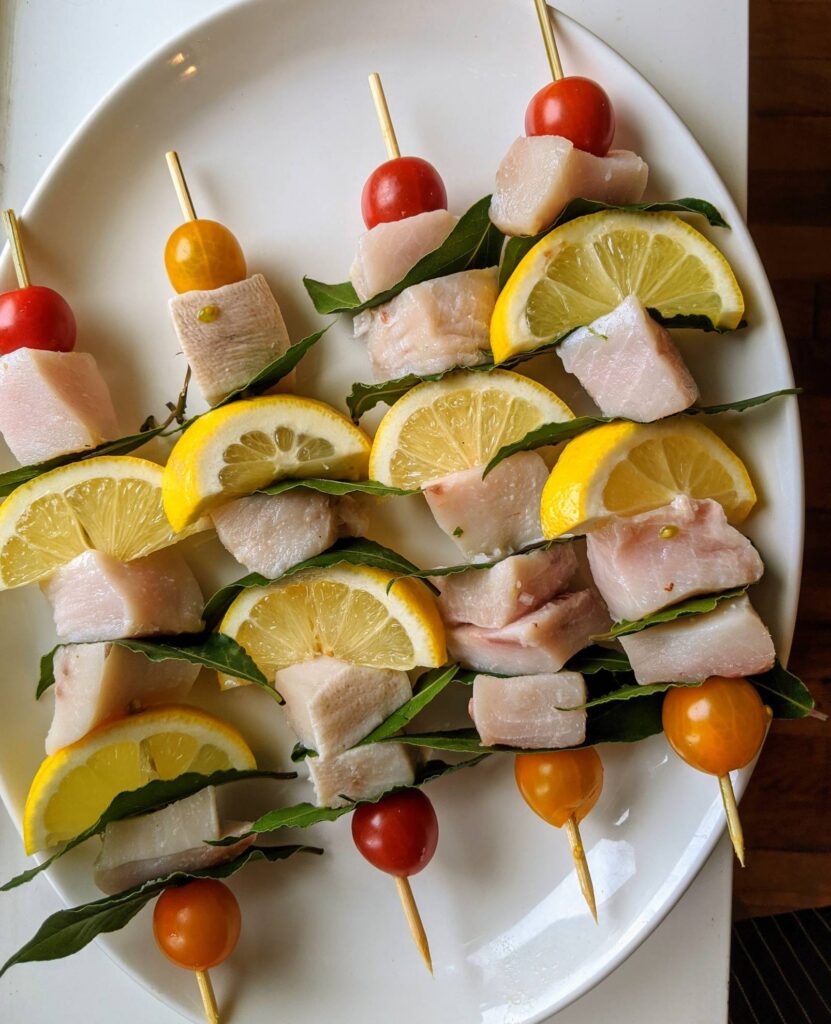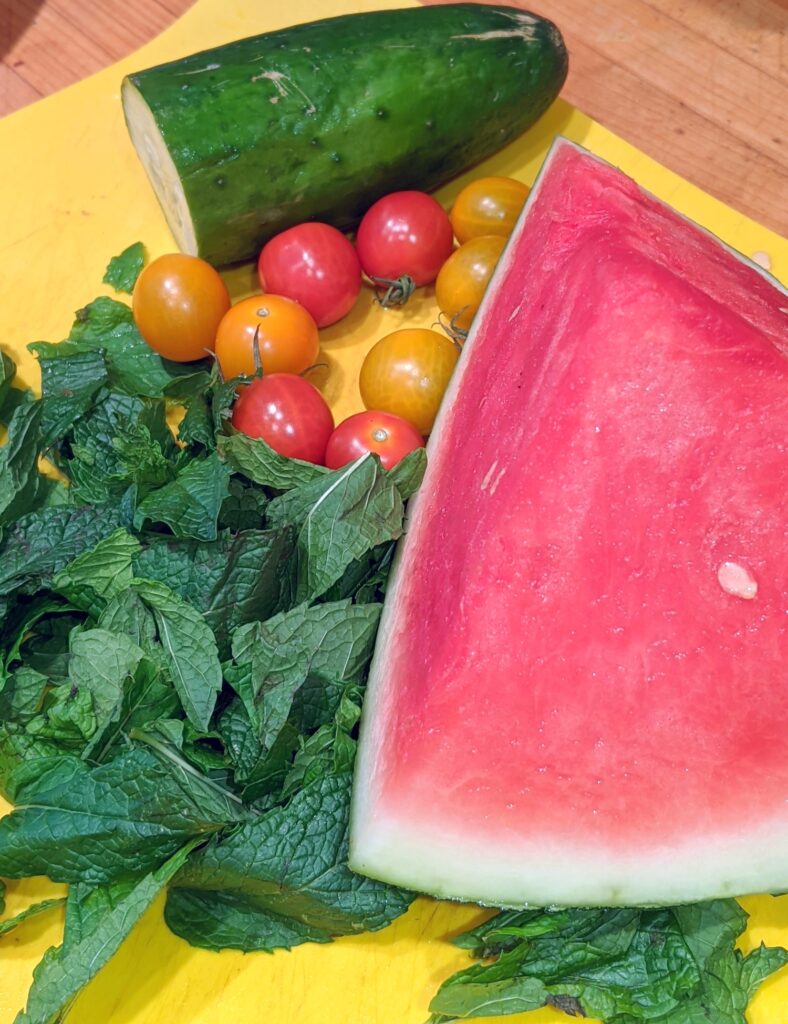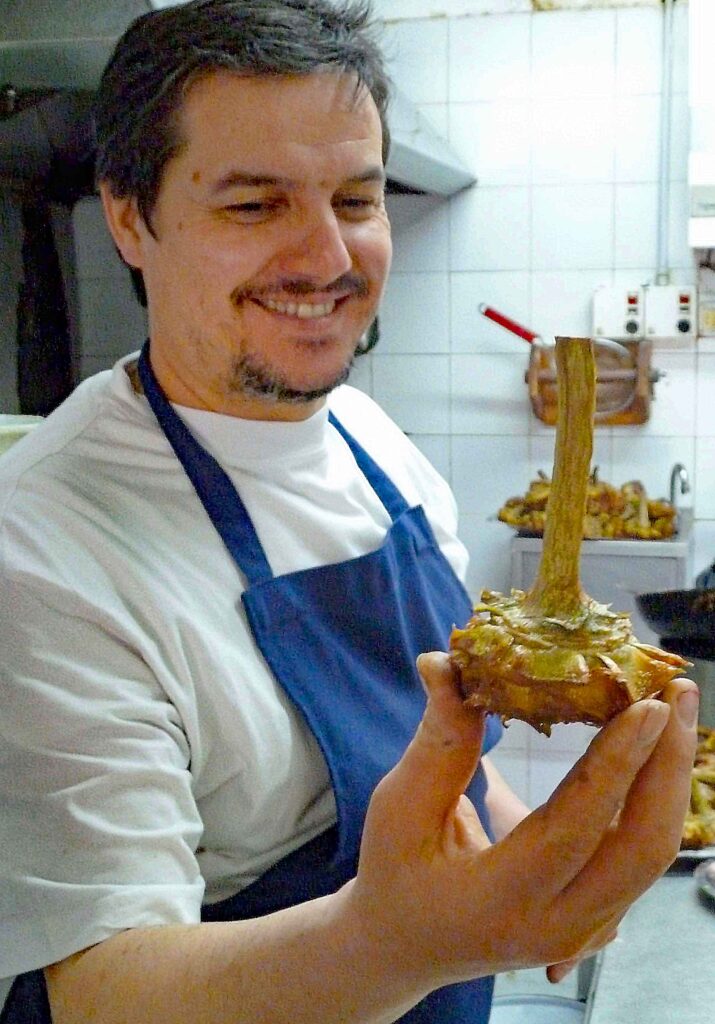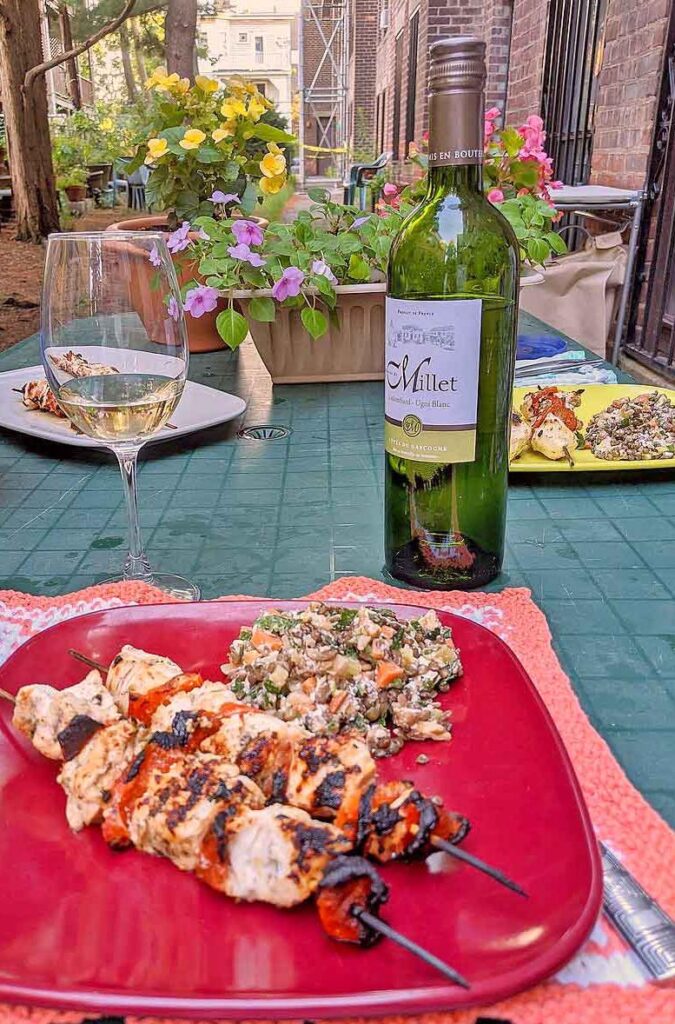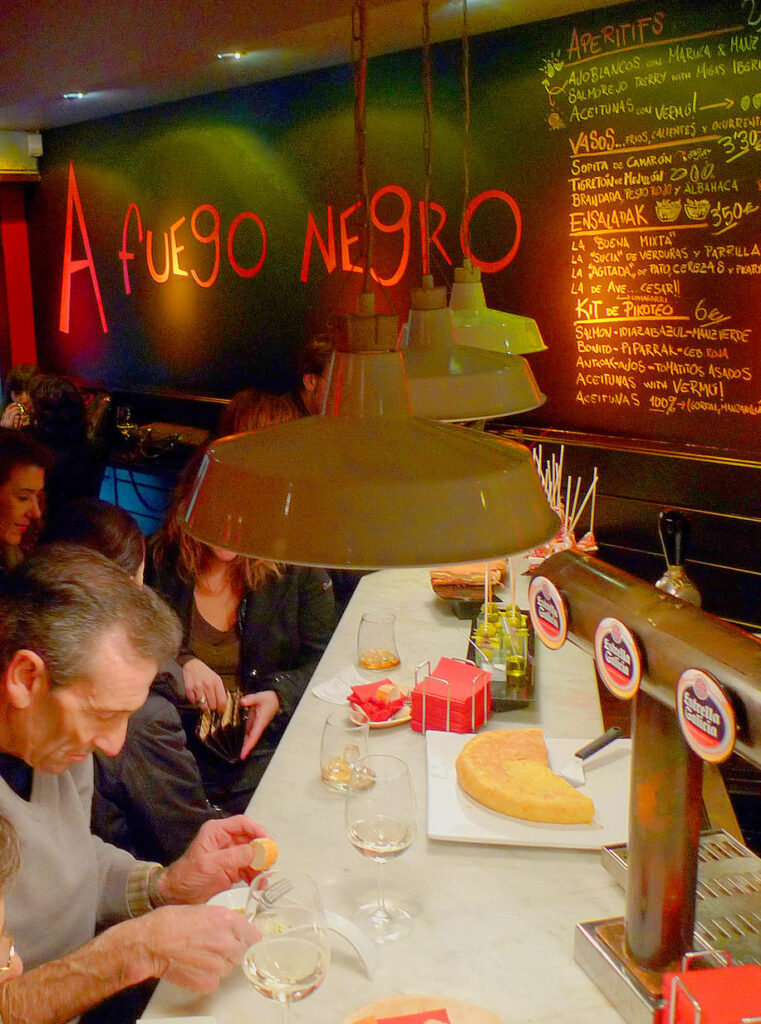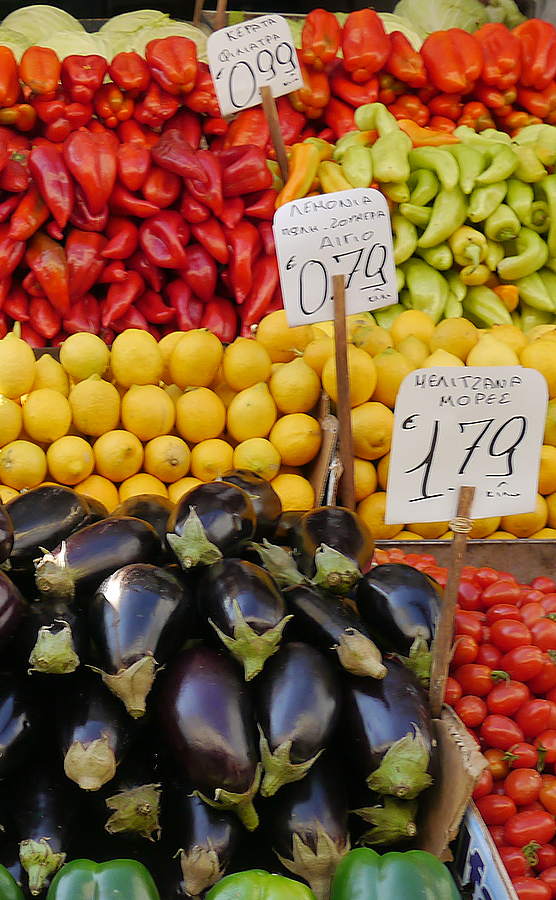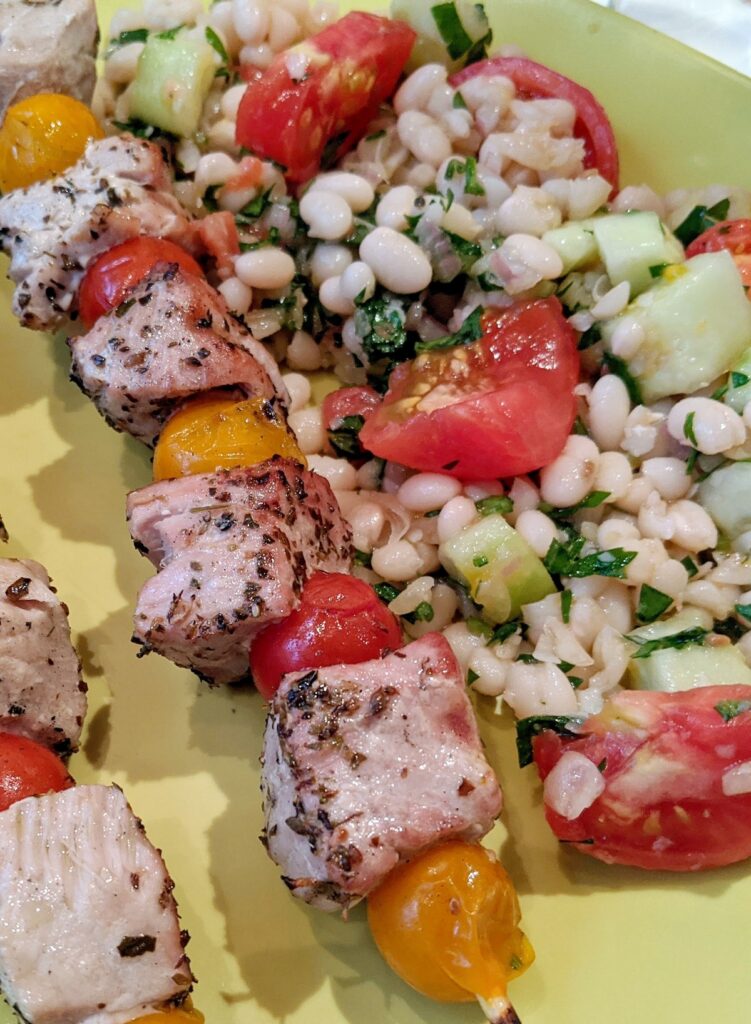
Fassolia Piaz: Greek bean salad for summer
Back in March, when no one knew what the pandemic food supply chain would be like, we reflexively purchased bags of dried beans. They were cheap, shelf-stable supplies that could guarantee a source of quality protein if we were suddenly faced with food insecurity. In hindsight, we overreacted. On the bright side, we have a lot of beans on hand to make summer salads. Fassolia piaz is the Greek variant. In its simplest form, boiled beans are mixed with chopped parsley, lemon juice, and olive oil. We like it expanded a bit to include chopped tomato, chopped cucumber, and skewers of fresh tuna cooked over hardwood charcoal. That makes it the Greek cousin to Salade Niçoise. You could add Kalamata olives or even sliced hard-boiled...Read More


